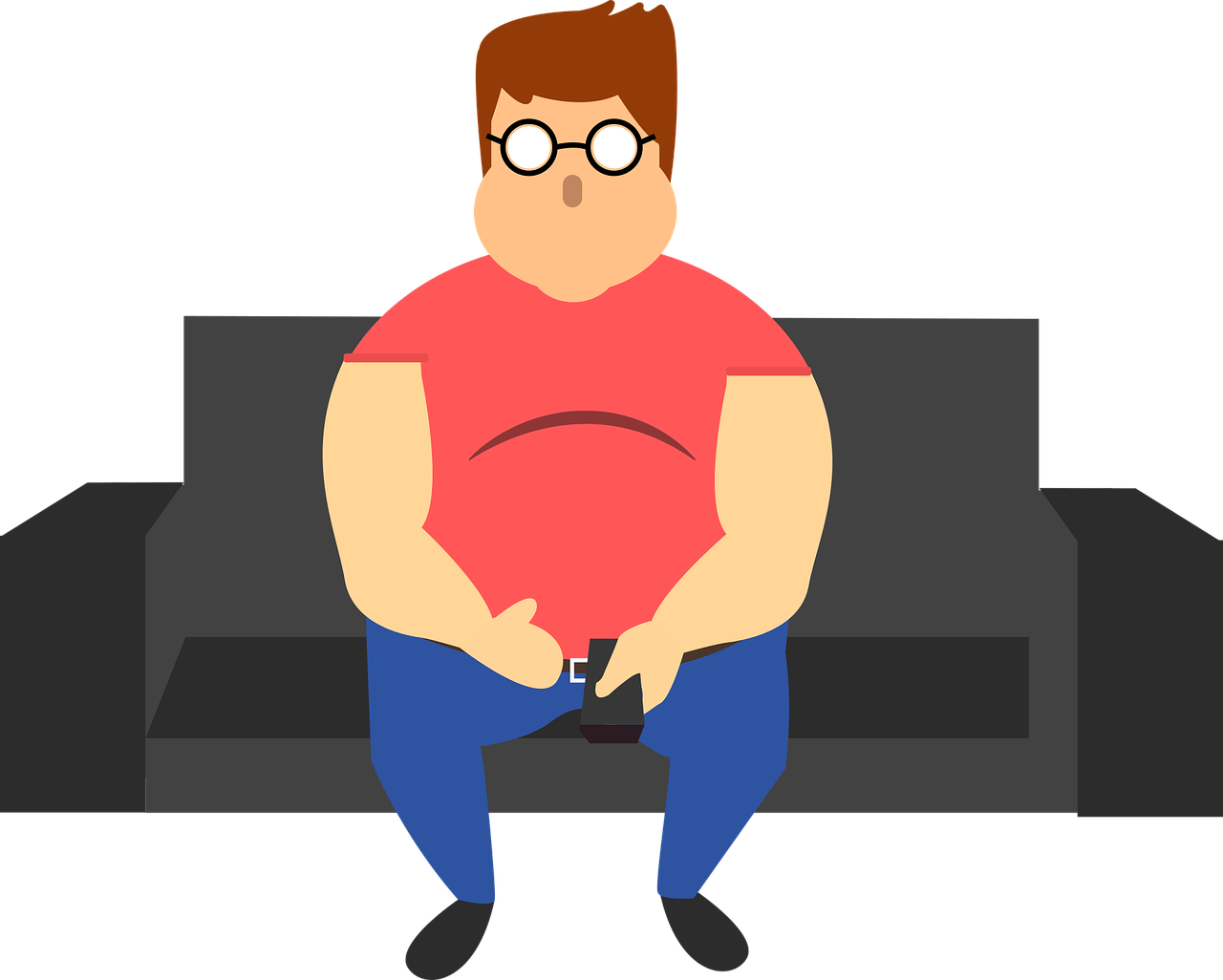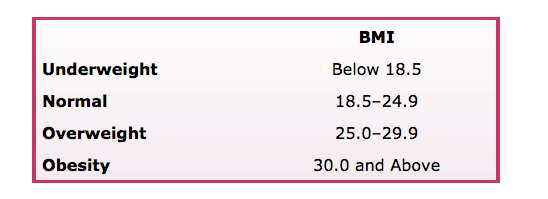Health problem: Obesity
 Currently, more than 1 billion adults are overweight - and at least 300 million of them are clinically obese. Current obesity levels range from below 5% in China, Japan and certain African nations, to over 75% in urban Samoa. But even in relatively low prevalence countries like China, rates are almost 20% in some cities.
Currently, more than 1 billion adults are overweight - and at least 300 million of them are clinically obese. Current obesity levels range from below 5% in China, Japan and certain African nations, to over 75% in urban Samoa. But even in relatively low prevalence countries like China, rates are almost 20% in some cities.
Childhood obesity is already epidemic in some areas and on the rise in others. An estimated 22 million children under five are estimated to be overweight worldwide. According to the US Surgeon General, in the USA the number of overweight children has doubled and the number of overweight adolescents has trebled since 1980. The prevalence of obese children aged 6-to-11 years has more than doubled since the 1960's.
Obesity prevalence in youths aged 12-17 has increased dramatically from 5% to 13% in boys and from 5% to 9% in girls between 1966 - 70 and 1988 - 91 in the USA. The problem is global and increasingly extends into the developing world; for example, in Thailand, the prevalence of obesity in 5-to-12-year-olds rose from 12.2% to 15.6% in just two years.
Obesity accounts for 2 - 6% of total health care costs in several developed countries; some estimates put the figure as high as 7%. The true costs are undoubtedly much greater as not all obesity-related conditions are included in the calculations. (WHO Report, 2008.)
Definitions of obesity
Obesity is an excess of body fat that frequently results in significant impairment of health. Obesity results when the size or number of fat cells in a person's body increases. A normal-sized person has between 30 and 35 billion fat cells. When a person gains weight, these fat cells first increase in size and later in number. One pound of body fat represents about 3500 calories.
When a person starts losing weight, the cells decrease in size, but the number of fat cells generally stays the same. This is part of the reason that once you gain a significant amount of weight, it is more difficult to lose it. However, some recent studies seem to imply that fat cells can be destroyed as a result of certain medications and that a decrease in fat cell number may occur if lower body weight is maintained for a prolonged period of time.
Each fat cell weighs a very small amount (about 0.4 to 0.6 micrograms but can be as small as 0.1 micrograms to as large as 1.2 micrograms). In other words, it would take about 5 million fat cells to get just 1 ounce of fat. However, the weight of billions and billions of fat cells does add up. Obviously, it is not practical to count the number of fat cells in a person's body, so science has come up with easier methods to determine if a person is overweight or obese.
Earlier methods involved tables of desirable weights at various heights that were derived by life insurance companies. These tables were based on illnesses and death rates.
A better method was developed that more closely correlates with body fat and the metabolic complications of obesity. This is the Body Mass Index ("BMI") and it is calculated as follows:
BMI = Weight (in kg.) / Height (in meters) Squared (ht. x ht).
For example, a man who is 5' 10"(1.78 meters) tall and weighs 285 lbs. (~130 kg.) would have a BMI of 130/(1.78 x 1.78) = 41.
The following chart shows the relationship between BMI and obesity.

Although BMI can be used for most men and women, it does have some limitations. First, it may overestimate body fat in athletes and others who have a muscular build. In addition, it may underestimate body fat in older persons and others who have lost muscle.
As we look at the question of obesity, most of the research we will examine will use the BMI as a determinant of obesity.
ATL: Inquiry
Start by taking a look at the map below. The data is from 2011 from the World Health Organization. The darker red the country, the higher the rate of obesity. If the country is grey, that means that no data is currently available.
Do a bit of research to find out what the rate of obesity is in the following countries:
- Denmark
- India
- Peru
- Samoa
- USA
How would you explain these differences in obesity rates?
The first step to this activity is finding the obesity rates in each country. Students should be careful to observe the data of the source that they are using as obesity rates have increased or decreased over the past 10 - 20 years. Also, there is a difference between overweight and obese. If we look only at obesity, the stats for 2020 are as follows:
- Denmark: 10 - 13%
- India: 5.1%
- Peru: 22.7%
- Samoa: 53.1% in men and 76.7% in women
- USA: 42.4%
When looking at the reasons for the differences, students may have the following hypotheses:
- Availability of healthy vs fast foods
- Local diet and malnutrition
- Availability of public transport
- Cultural norms for tolerance of obesity
- Access to medical care
- Typical employment - sedentary vs non-sedentary
You may want to give students the following article for discussion: India's growing obesity problem.

 IB Docs (2) Team
IB Docs (2) Team
